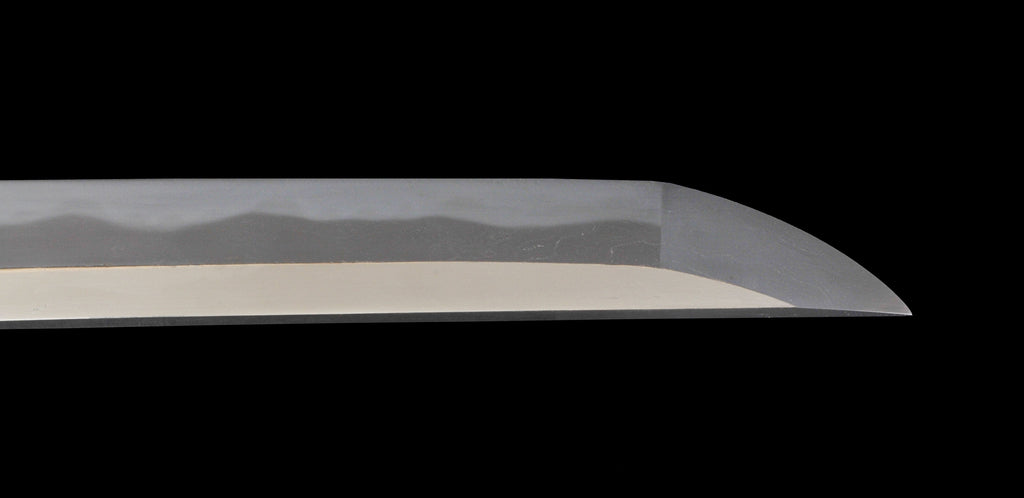A treasure house of swords for actual warfare that are robust and boast outstanding sharpness
Mino-den is the most recent of the Gokaden. It originated in the mid Kamakura period (1185-1333) and flourished from the Muromachi period (1333-1568) to the Warring States period (1336-1568). Located in present-day Gifu Prefecture, Mino was not only geographically close to the capital city of Kyoto, but also served as a transportation hub for the Kanto and Hokuriku regions, where there were many powerful feudal lords. For this reason, Mino was a strategically important region these lords who wanted to gain supremacy over the whole of the country. Oda Nobunaga, for example, of Owari Province ruled Mino and made it his headquarters in order to unify the entire country. The Battle of Sekigahara, one of the most important wars in Japanese history, also took place in Mino.

The history of Mino-den is said to have begun around the middle of the Kamakura period, when Motoshige, a swordsmith from Hoki-no-kuni (present-day midwestern Tottori Prefecture), moved to Seki in Mino (present-day Seki City, Gifu Prefecture), but no clear historical basis has been established. Therefore, the actual Mino tradition was started by swordsmiths such as Shizu Saburo Kaneuji, who emigrated from Yamato Province during the Nanbokucho Period, Kaneshige from Echizen, and Tametsugu from Ecchu. In the Muromachi period (1336-1573), powerful warring feudal lords wielded their power and conflicts intensified, and Mino swordsmiths received large orders for swords. The swordsmiths who were concentrated in the Seki area in particular were sought after. These swords became known as Sekimono.

The demand for swords increased greatly as the Warring States period progressed, but when the Bizen swordsmiths, who were the most powerful of the Gokaden, were destroyed in a flood in 1590, the Mino area became the largest producer of swords in the region.
Mino-den swords are characterized by a sharp kissaki and a rasp on the nakago, which prevents the sword from coming off the hilt. It was robust, yet easy to use, and had excellent sharpness. This was due to the fact that the sword was required to be practical in the context of the Warring States period. In addition, the style of combat changed to that of relying on infantry as the base. Swords with shallow curvatures and short lengths were used in order to pull out the sword quickly in close combat.

The jitetsu is itame or koitame with utsuri mixed in. Hamon are often suguha or gunome, and in particular, Magoroku’s Sanbonsugi hamon, which is a cedar-like pattern with the apex of the gunome pointed. This is a very characteristic hamon of the Mino-den style.
Because of this historical background and geographical conditions, Mino produced a large number of swordsmiths. Because Mino was not as frequTakahiko Kimuraently war-torn as Kyoto, the tradition of sword smithing did not die out like the Yamashiro-den style, allowing the tradition continues to live on today.

Want to buy authentic Samurai swords directly from Japan? Then TOZANDO is your best partner!

Leave a comment: